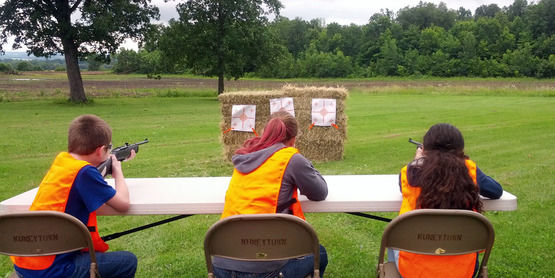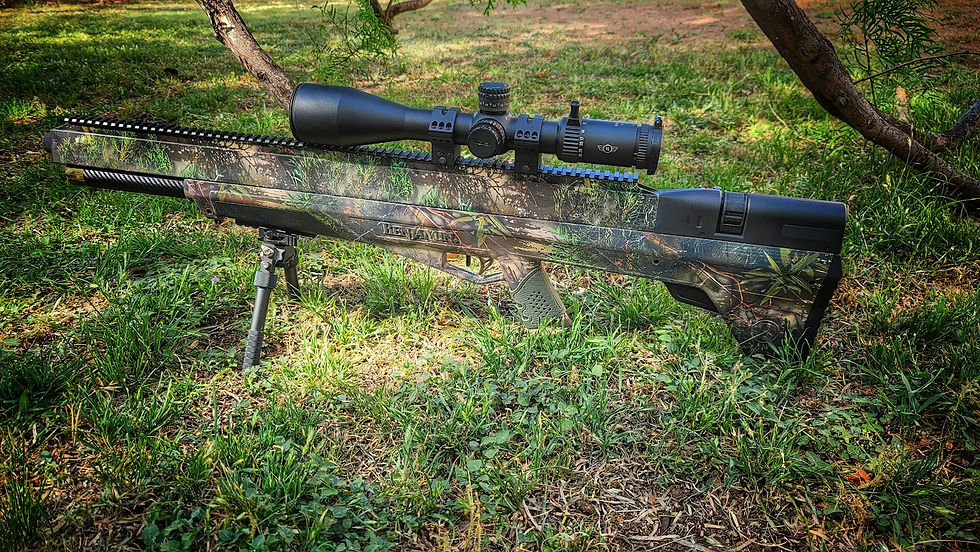Bullet Casting: A Brief History
- Matt Hodges

- Mar 29, 2023
- 2 min read
Bullet casting is the process of creating bullets by pouring molten metal into molds. This technique has been used for centuries and has played a crucial role in the development of firearms and ammunition. In this blog, we will explore the history of bullet casting and its impact on the world of firearms.
The Early Days of Bullet Casting
The origins of bullet casting can be traced back to the early days of firearms, around the 14th century. In those times, firearms were relatively new, and gunpowder was a valuable commodity. Lead was readily available, and it was discovered that melting it down and pouring it into a mold would create a bullet that would fit snugly into a gun barrel.
The process of bullet casting was not standardized in those early days, and it was left up to the individual gunsmiths to create their own molds. This resulted in a wide range of bullet sizes and shapes, which made it difficult to achieve consistent accuracy when firing.
The Rise of Standardization
As firearms became more popular and widespread, the need for standardization in bullet casting became increasingly important. In the mid-19th century, the first standardized bullet molds were developed, which allowed for more consistent accuracy and reliability when firing.
During this time, the use of bullet casting also became more widespread in the military. Soldiers were trained to cast their own bullets using portable casting equipment, which allowed them to produce ammunition in the field.
The Industrial Revolution and Mass Production
The Industrial Revolution of the late 19th century brought about significant changes in the world of bullet casting. With the development of mass production techniques, it became possible to produce large quantities of bullets quickly and efficiently.
One of the most significant advancements during this time was the development of the bullet casting machine, which could produce thousands of bullets per hour. This revolutionized the world of firearms and ammunition, allowing for greater accuracy, reliability, and efficiency in the production of bullets.
Modern-Day Bullet Casting
Today, bullet casting is still a vital component of the firearms industry. While mass production techniques are widely used, many gun enthusiasts still enjoy casting their own bullets as a hobby. Bullet casting has also evolved with new materials being used to create bullets, such as copper and brass. These materials offer improved performance and can withstand higher velocities and pressures.
Conclusion
Bullet casting has come a long way since its origins in the early days of firearms. From the development of standardized molds to the rise of mass production techniques, bullet casting has played a significant role in the evolution of firearms and ammunition.
As we continue to explore new materials and technologies in the world of firearms, bullet casting remains a vital component of the industry. Whether used for mass production or as a hobby, the art of bullet casting continues to be an important part of the world of firearms.








I wondered about the soilders castingthier own ammo